Removing Dents From Finished Wood
Wood is a hard and durable material, but it's not impervious to damage. A heavy item dropped on a floor or piece of furniture may leave a dent behind. Accidentally banging an object into wood molding or a cabinet can cause a dent.
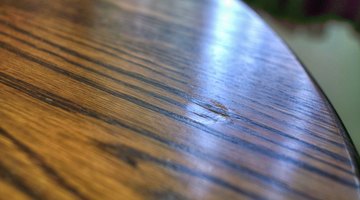
A dent in a wood surface detracts from the beauty of finished wood and necessitates repair. Raising the dent from a wood surface will restore the beauty and leave the surface without a trace of damage.
Things You Will Need
- Eyedropper
- Rags
- Clothes iron
-
Fill the wood dent with a few drops of plain hot water from an eyedropper. If the surface is not flat, skip to Step 2.
-
Place thick, dry rags around the perimeter of the dent to protect undented wood from the repair process.
-
Wet a clean rag and wring out excess water. Place the damp rag over the dent.
-
Turn a clothes iron on to the highest heat setting and allow the iron to warm up fully.
-
Place the clothes iron onto the damp rag and allow the heat of the iron to create steam. Move the iron back and forth over the dent. Keep the iron over the dent only. Do not allow the iron to come in direct contact with the wood surface.
-
Remove the iron and lift the rag. If the dent remains, wet the rag again and repeat the process. The steam created by the water in the wet rag and the heat of the iron will cause the wood fibers to swell, thereby raising the dent flush with the existing surface.
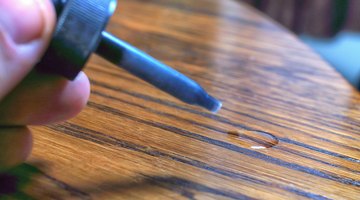
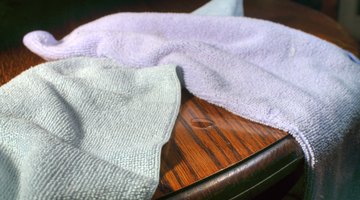
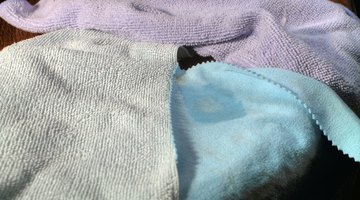
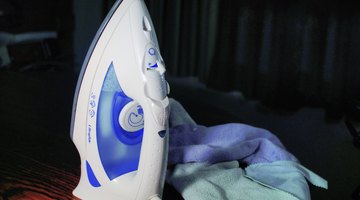
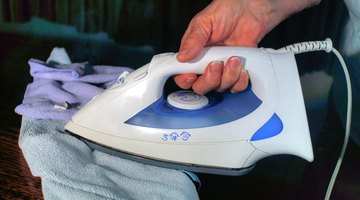
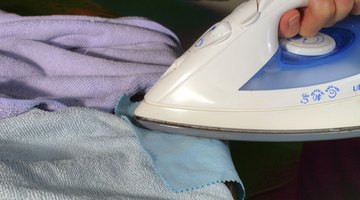
Tip
Do not allow the iron to remain on the rags for a long period of time because it can cause the fabric to catch fire, igniting the wood surface. Wet the rag each time it dries to create more steam.
The Drip Cap
- Wood is a hard and durable material, but it's not impervious to damage.
- A heavy item dropped on a floor or piece of furniture may leave a dent behind.
- Place the damp rag over the dent.
- The steam created by the water in the wet rag and the heat of the iron will cause the wood fibers to swell, thereby raising the dent flush with the existing surface.
References
- Repairing Furniture; Time Life Editors
- Grandpa's 5001 Handyman Secrets; Dr. Myles H. Bader
Writer Bio
Sal Marco began writing professionally in 2009. He has written many online home improvement articles based on his more than 20 years of experience in the home improvement and building industries. He has worked as both part of a team and as a site supervisor. Marco has a Bachelor of Science in management science from Kean University.
Photo Credits
- Philip Sustachek/Demand Media
- Philip Sustachek/Demand Media
- Philip Sustachek/Demand Media
- Philip Sustachek/Demand Media
- Philip Sustachek/Demand Media
- Philip Sustachek/Demand Media
- Philip Sustachek/Demand Media
- Philip Sustachek/Demand Media
More Articles



